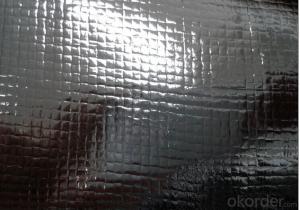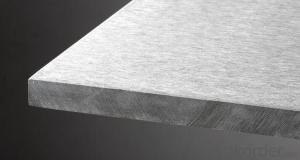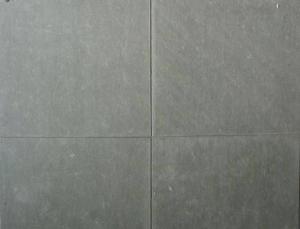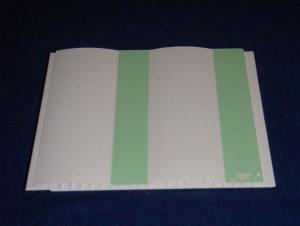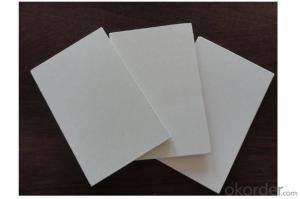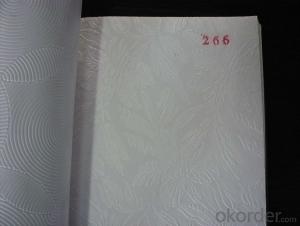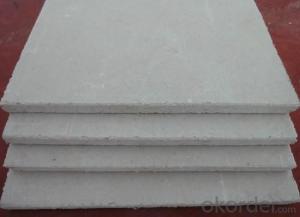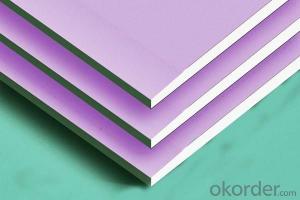Best Solar Inverter For Rv
Best Solar Inverter For Rv Related Searches
Best Paint For Stainless Steel Paint For Galvanized Steel Steel Frames For Furniture Self Tapping Screws For Steel Wd 40 For Stainless Steel Spray Paint For Stainless Steel Glue For Stainless Steel Drill Bits For Stainless Steel Spray For Stainless Steel Welder For Stainless SteelHot Searches
Steel Mesh Panels For Sale Price For Stainless Steel Scrap Scrap Price For Stainless Steel Price For Stainless Steel Stainless Steel Plate For Sale Stainless Steel Tank For Sale Stainless Steel Sheets For Sale Cheap High Tea Sets For Sale Stainless Steel Tanks For Sale Stainless Steel For Sale High Density Fiberboard For Sale Solar Hot Water Collectors For Sale Scaffolding For Sale In Uae Scaffolding For Sale In Ireland Scaffolding For Sale In Houston Type Of Inverter For Solar Price Of Shipping Containers For Sale Types Of Inverter For Solar Stock Price For Aluminum Type Of Inverter For SolarBest Solar Inverter For Rv Supplier & Manufacturer from China
Okorder.com is a professional Best Solar Inverter For Rv supplier & manufacturer, offers integrated one-stop services including real-time quoting and online cargo tracking. We are funded by CNBM Group, a Fortune 500 enterprise and the largest Best Solar Inverter For Rv firm in China.Hot Products
FAQ
- The maximum DC voltage that a solar inverter can handle varies depending on the specific model and manufacturer. However, most modern solar inverters can typically handle DC voltages up to 1000 volts or higher. It is important to consult the manufacturer's specifications and guidelines to determine the exact maximum voltage rating for a particular solar inverter.
- The function of a solar inverter is to convert the direct current (DC) electricity produced by solar panels into alternating current (AC) electricity, which can be used to power household appliances and be fed back into the electrical grid.
- Yes, there are government regulations and certifications for solar inverters. In many countries, solar inverters need to comply with specific standards and regulations to ensure their safety, performance, and grid compatibility. Additionally, there are various certifications, such as UL, CE, and IEC, that solar inverters can obtain to demonstrate their compliance with the required standards. These regulations and certifications aim to promote the widespread adoption of reliable and efficient solar inverters in the renewable energy industry.
- A solar inverter compensates for voltage drop in long cable runs by boosting the voltage to ensure efficient power transmission.
- No, a solar inverter cannot be used with different grid voltages or frequencies. Solar inverters are designed to convert the DC power generated by solar panels into AC power that matches the specific voltage and frequency of the local electrical grid. Using a solar inverter with different grid voltages or frequencies can lead to compatibility issues and may result in inefficient or malfunctioning operation of the system.
- The role of a galvanic isolation circuit in a solar inverter is to provide a barrier of protection between the high-voltage DC input from the solar panels and the low-voltage AC output. It ensures electrical safety by isolating the input and output circuits, preventing any direct electrical connection or potential leakage current. This isolation helps to prevent electrical faults, ground loops, and potential damage to the solar inverter or connected equipment, while also reducing the risk of electrical shock.
- Yes, a solar inverter can be used in remote areas. Solar inverters are designed to convert the direct current (DC) produced by solar panels into alternating current (AC) that can be used to power electrical devices. As long as there is access to sunlight, solar panels can generate electricity, making solar inverters suitable for remote areas that may not have access to the traditional power grid.




















